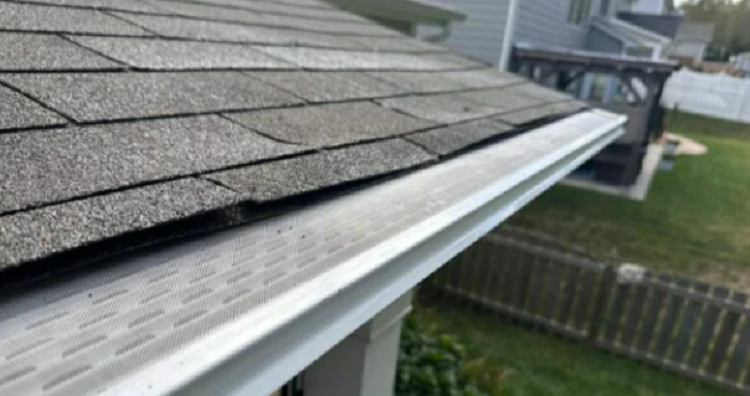The Role of Ventilation in Roofing
When it comes to roofing, ventilation often takes a backseat, yet its role is crucial in maintaining a healthy and efficient home. In this article, we’ll break down the significance of proper roof ventilation, highlighting how it contributes to the well-being and energy efficiency of your home. For more information regarding roofing contact roofing companies in Wesley Chapel FL
Table of Contents
Why Ventilation Matters
Ventilation, simply put, is the movement of air in and out of your attic or roof space. It might not be something you think about every day, but it plays a vital role in ensuring your home stays comfortable and safe.
Temperature Control
Proper roof ventilation helps regulate temperatures in your attic, preventing it from becoming a sweltering heat trap during the summer or a cold box in the winter. By moderating attic temperatures, ventilation makes your home more comfortable while reducing the strain on your heating and cooling systems.
Moisture Management
Moisture is the enemy of roofs, leading to problems like mold, rot, and structural damage. Ventilation acts as a moisture control system, allowing humid air to escape and preventing condensation in the attic. This is particularly crucial in damp climates or areas prone to heavy rainfall.
Preserving Your Roof
A well-ventilated roof contributes to the longevity of your roofing materials. By controlling temperature and moisture levels, ventilation helps prevent premature wear and tear, preserving the structural integrity of your roof. This is especially vital in regions with harsh weather conditions.
Indoor Air Quality
Believe it or not, roof ventilation indirectly influences the air you breathe indoors. Stagnant air in the attic can become a breeding ground for pollutants and allergens. Good ventilation ensures a continuous exchange of air, keeping your indoor environment healthier and more enjoyable.
Energy Efficiency
An efficiently ventilated roof can make a significant impact on your energy bills. By moderating attic temperatures, ventilation reduces the need for excessive heating or cooling, resulting in lower energy consumption and more cost-effective utility bills.
Preventing Ice Dams
In colder climates, ice dams on the roof can lead to water damage. Proper ventilation helps maintain consistent temperatures on the roof, preventing the conditions that lead to the formation of ice dams and potential leaks into your home.
Types of Ventilation Systems
There are various ventilation systems to consider, such as ridge vents, soffit vents, gable vents, and powered attic fans. The choice depends on factors like your roof design, local climate, and specific home needs. Seeking advice from roofing professionals can guide you in selecting the most suitable ventilation system.
Conclusion
Ventilation may not be the star of the show when it comes to your home, but it plays a vital supporting role in its overall health and efficiency. So, the next time you look up at your roof, appreciate the importance of ventilation in creating a space that’s comfortable, durable, and truly a breath of fresh air for you and your loved ones. After all, a healthier home begins from the top down.

